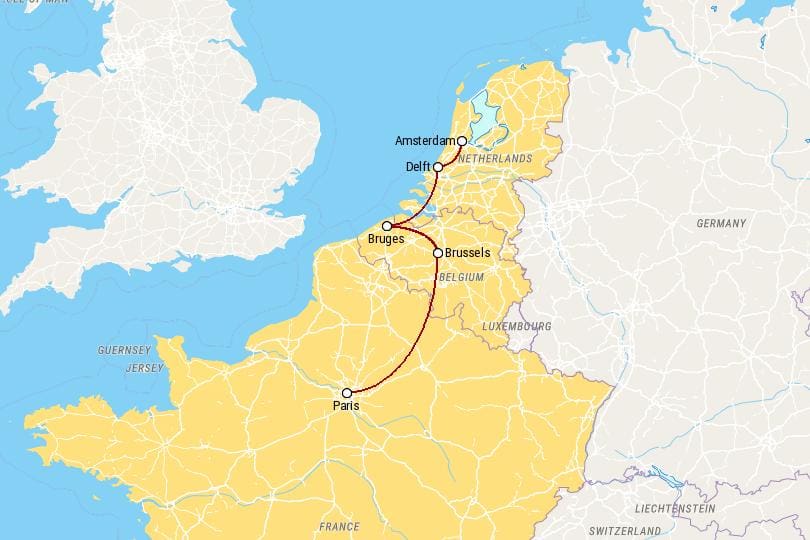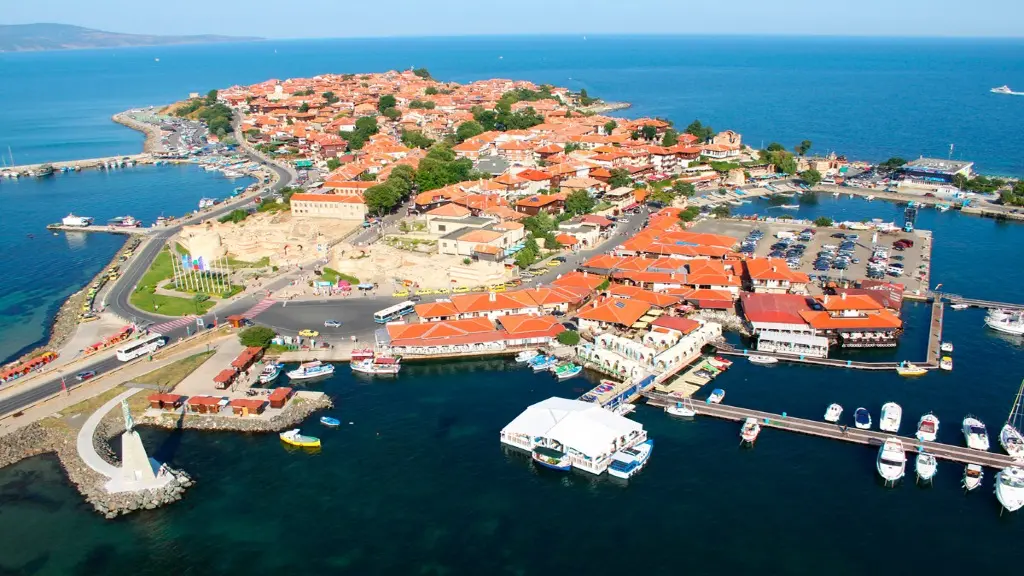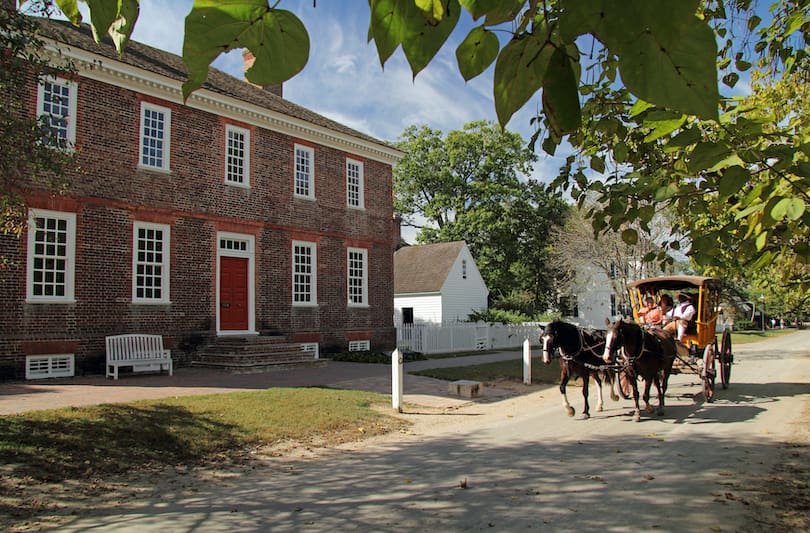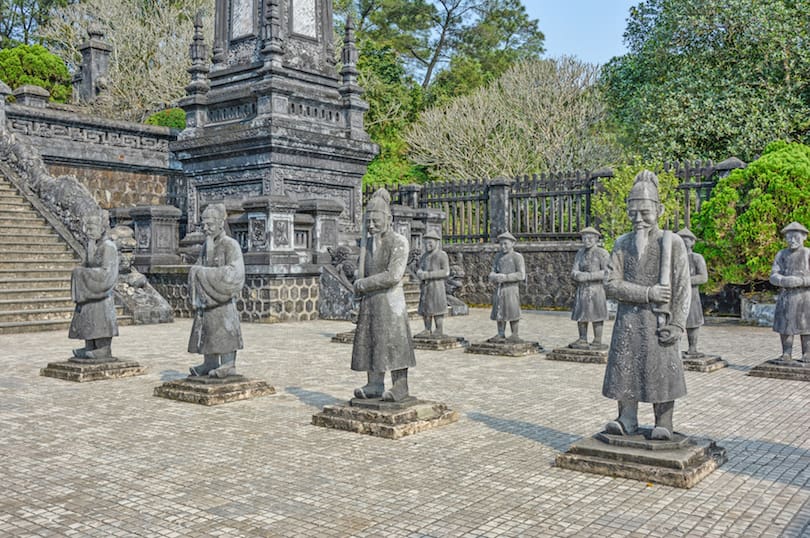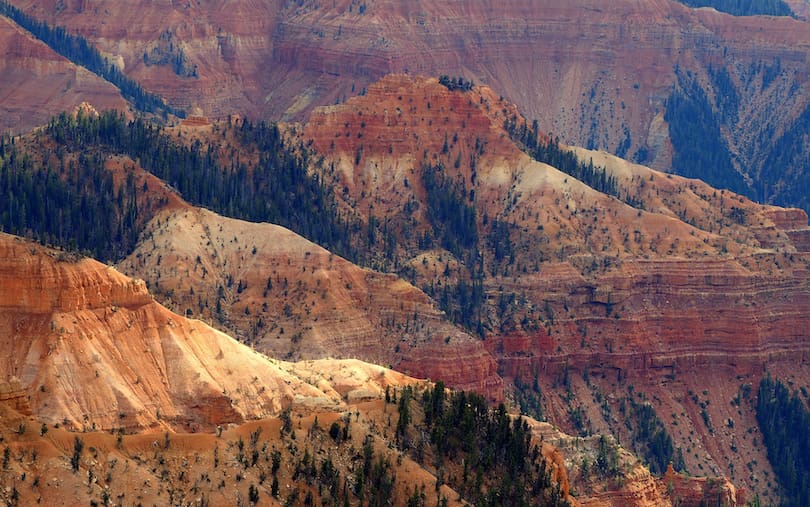India, a land known for its rich cultural heritage and diversity, is home to numerous vibrant and joyous festivals. These festivals bring people together, transcending boundaries and celebrating the essence of unity in diversity. From colorful celebrations to religious rituals, India’s festivals are a reflection of its deep-rooted traditions and spiritual beliefs. In this article, we will explore the 15 most popular festivals of India, each with its unique significance and cultural impact.
Diwali: The Festival of Lights
Diwali, also known as Deepavali, is one of the most widely celebrated festivals in India. It signifies the victory of light over darkness and good over evil. Diwali is marked by illuminating homes with diyas (earthen lamps) and colorful lights. People exchange gifts, burst firecrackers, and indulge in delicious sweets and savories. The festival brings families and communities together, strengthening bonds and spreading joy and happiness.
Holi: The Festival of Colors
Holi, known as the “Festival of Colors,” is a vibrant and exuberant celebration that marks the arrival of spring. Participants joyfully throw colored powders and water at each other, creating a riot of colors in the air. The festival represents the triumph of good over evil and the onset of new beginnings. People come together to dance, sing, and enjoy traditional sweets and drinks. Holi breaks down social barriers, promoting unity and inclusivity among people of all backgrounds.
Navratri and Durga Puja: Celebrating the Goddess
Navratri and Durga Puja are festivals dedicated to honoring the divine feminine power. Navratri, meaning “nine nights,” is a vibrant festival celebrated with dance, music, and fasting. The festival commemorates the triumph of Goddess Durga over the buffalo demon Mahishasura. In contrast, Durga Puja specifically focuses on worshipping Goddess Durga. Elaborate pandals (temporary structures) are erected, showcasing artistic idols of the goddess. People come together to offer prayers, participate in cultural performances, and immerse in the spirit of devotion.
Eid al-Fitr: Celebrating the End of Ramadan
Eid al-Fitr, also known as the “Festival of Breaking the Fast,” marks the end of the Islamic holy month of Ramadan. It is a time of joyous celebration and gratitude. Muslims gather for communal prayers, exchange greetings, and share feasts with family and friends. Special delicacies and sweet treats are prepared, and acts of charity are encouraged during this festive occasion.
Ganesh Chaturthi: Honoring Lord Ganesha
Ganesh Chaturthi is a vibrant Hindu festival dedicated to Lord Ganesha, the elephant-headed deity of wisdom and prosperity. Elaborate clay idols of Lord Ganesha are installed in homes and public pandals, and worshipped with great enthusiasm. The festival involves processions, devotional singing, and cultural performances. After a few days of celebration, the idols are immersed in water bodies, symbolizing the deity’s return to his celestial abode.
Pongal: Harvest Festival of South India
Pongal is a harvest festival celebrated primarily in the southern state of Tamil Nadu. It is a four-day long celebration that coincides with the auspicious month of Thai (January-February). The festival pays homage to the Sun God and expresses gratitude for a bountiful harvest. Pongal is marked by the preparation of a special dish called “Pongal,” made from freshly harvested rice and lentils. Colorful kolams (rangoli designs), traditional music, and dance add to the festive spirit.
Durga Puja: Celebrating the Power of Goddess Durga
Durga Puja is a significant festival celebrated with immense fervor in the eastern parts of India, particularly in West Bengal. It commemorates the victory of Goddess Durga over the buffalo demon Mahishasura. Elaborate pandals with artistic decorations and intricate idols of Goddess Durga are the highlights of the festival. People engage in cultural performances, including music, dance, and theater. The streets come alive with processions and enthusiasm, fostering a sense of unity and devotion.
Christmas: Celebrating the Birth of Jesus
Christmas, commemorating the birth of Jesus Christ, is celebrated with joy and enthusiasm throughout India, particularly by the Christian community. The festival is marked by attending midnight mass, decorating Christmas trees, exchanging gifts, and enjoying sumptuous feasts. Churches are adorned with lights and carols fill the air, creating a festive ambiance. Christmas brings people of different faiths together to celebrate the message of love, peace, and goodwill.
Raksha Bandhan: Bond of Love between Siblings
Raksha Bandhan is a heartwarming festival that celebrates the bond of love between siblings, particularly between brothers and sisters. Sisters tie a sacred thread, known as a “rakhi,” around their brothers’ wrists, symbolizing their love and protection. In return, brothers shower their sisters with gifts and promise to protect and support them. Raksha Bandhan reinforces the importance of family ties and strengthens the sibling bond.
Onam: Harvest Festival of Kerala
Onam is a vibrant harvest festival celebrated with great zeal in the southern state of Kerala. It is a ten-day long festival that marks the homecoming of King Mahabali, a legendary ruler in Kerala’s mythology. The festival is characterized by grand feasts, known as “Onam Sadya,” comprising a delectable spread of traditional dishes served on banana leaves. Cultural performances, such as the mesmerizing dance form of Kathakali, add to the festive spirit, making Onam a time of joy and togetherness.
Baisakhi: Celebrating Harvest and Sikh New Year
Baisakhi holds immense significance for the Sikh community as it marks the harvest festival and the Sikh New Year. Sikhs gather at gurdwaras (Sikh temples) to offer prayers, engage in religious processions, and partake in the community kitchen, known as “langar.” Baisakhi is a time for gratitude, reflection, and celebrating the spirit of shared humanity. It also commemorates the formation of the Khalsa, the Sikh brotherhood, in 1699.
Janmashtami: Celebrating Lord Krishna’s Birth
Janmashtami celebrates the birth of Lord Krishna, one of the most revered deities in Hindu mythology. Devotees observe fasts, sing devotional songs, and perform dance dramas depicting Krishna’s life. The festival is renowned for “Dahi Handi,” where teams of young enthusiasts form human pyramids to break pots filled with curd hung high above the ground. Janmashtami fills the air with devotion, joy, and the teachings of Lord Krishna, emphasizing love and righteousness.
Makar Sankranti: Festival of Kites and Harvest
Makar Sankranti is a festival dedicated to the Sun God and celebrates the transition of the sun into the zodiac sign of Capricorn. It is a harvest festival that signifies the onset of longer days and the end of winter. People fly colorful kites, prepare traditional sweets like til laddoos and gur (jaggery), and participate in community bonfires. Makar Sankranti is a time of new beginnings, thanksgiving, and embracing the warmth of the sun’s rays.
Conclusion
The festivals of India represent the tapestry of its cultural diversity and spiritual heritage. From Diwali’s dazzling lights to Holi’s vibrant colors, each festival brings people together, fostering harmony, joy, and a sense of belonging. These celebrations showcase the rich traditions and rituals passed down through generations, while also leaving a lasting impact on the cultural fabric of the nation.
As we embrace these festivals, let us appreciate the unity in diversity that India represents and cherish the values of love, compassion, and togetherness that these celebrations symbolize.
FAQs
- Q: Which is the most popular festival in India? A: Diwali, the Festival of Lights, is one of the most popular festivals in India.
- Q: How long does the festival of Holi last? A: Holi is a one-day festival, but its preparations and celebrations may span over a few days.
- Q: What is the significance of Navratri? A: Navratri signifies the worship of the divine feminine power and is celebrated for nine nights. It honors Goddess Durga and her various forms.
- Q: How is Eid al-Fitr celebrated in India? A: Eid al-Fitr in India is celebrated with prayers, feasting, and exchanging gifts. People dress in traditional attire and visit mosques for congregational prayers.
- Q: What is the story behind Ganesh Chaturthi? A: Ganesh Chaturthi celebrates the birth of Lord Ganesha, the remover of obstacles. The festival originated as a way to honor Lord Ganesha and seek his blessings for new beginnings.
- Q: How is Christmas celebrated in India? A: Christmas in India is celebrated with great enthusiasm. Churches are beautifully decorated, and people attend midnight mass, exchange gifts, and enjoy festive meals with family and friends.



